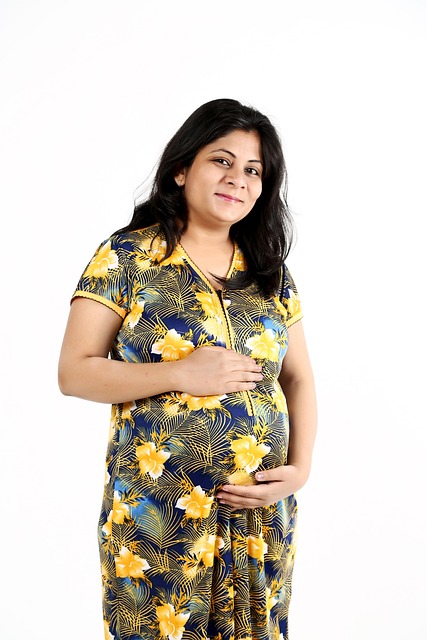As children often do, my three-year-old son recently began inquiring about anatomy. “Where’s your pee-pee button?” he asked, mixing up the terms in a way only a toddler could.
“Mommies don’t have pee-pees,” I explained. “Mommies are girls, and boys have pee-pees.”
My partner and I have always maintained an open dialogue about bodies in front of our son, seeing them as natural and worthy of no shame, regardless of our fitness levels since his arrival. Our goal is for him to view his body as strong, capable, and healthy.
We discuss privacy while I change into my pajamas, unbothered by his presence. A few weeks ago, he excitedly revealed his anatomy at the dinner table, showcasing the “cool hole” of his underwear. “Look at this, Mommy!” he exclaimed. I gently reminded him that while it’s okay to explore his body, it should be done in private. As he’s learned to use the toilet, he’s also grasping the idea of needing privacy for such matters, even if it often leads him to call me in for help getting dressed or wiping.
We talk about what is appropriate in various settings—what’s fine at home versus in public, or at the dinner table versus the bathroom. Yet, I didn’t foresee the day he would point to my chest and ask, “What are those, Mama?” This question felt more complex than his earlier inquiries.
If I’m honest, my breasts have undergone significant changes; they are a mere semblance of what they once were due to my bilateral mastectomy. Scars tell the story of my journey, and my nipples are now tattoos designed to mimic the real thing. Although my reconstructed breasts may not sag, they are cool to the touch and lack sensation, a stark reminder of the nerves that were severed during surgery.
In addition, I have a power port implanted under my skin, a small device that administers chemotherapy directly into my bloodstream every third week. It resembles a nickel beneath my collarbone, and when my son asked, “What’s that?” while pointing to his own nipples, I felt a wave of emotion.
I told him it’s not a nipple, but rather where I receive my medicine. To my surprise, he seemed to understand. I explained succinctly that my breasts are different, and I know that one day I will have to share more details with him. I will need to tell him about my Stage 4 breast cancer diagnosis when he was just five months old, how I had to stop nursing him abruptly to begin treatment, and how the cancer returned multiple times. Eventually, I will have to share my fears and uncertainties because there is no current cure for my condition. But that day is not today.
For now, I tell him he has a penis and a belly button, while I have a belly button but not the other. He is fascinated when I explain that his belly button is where he was connected to me during pregnancy. We share moments of cuddling on the couch when I feel tired, just like he does.
At this moment, I focus on the present, trying not to worry about the future conversations that will require careful explanations about our bodies and their functions.
For more insights into parenthood and related topics, check out this article about home insemination kits and consider visiting this resource on IVF, which provides valuable information on pregnancy and home insemination options.
Summary:
Navigating the complexities of body awareness with young children can be challenging, especially for parents facing health issues. Open conversations about anatomy, privacy, and the changes that come with medical conditions play a crucial role in fostering healthy body image and understanding in children.
Keyphrase: body awareness in parenting
Tags: [“home insemination kit”, “home insemination syringe”, “self insemination”]
